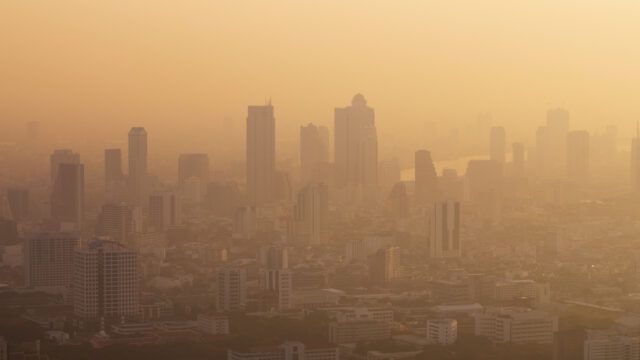With developing nations accounting for the majority of global carbon dioxide emissions, there is a pressing need for more renewable energy and clean technology solutions in these countries.
According to BNY Mellon IM, about 60% of the world’s CO2 emissions are from countries listed on emerging market indices and 15% from frontier markets.
“This is staggering and shows exactly where we need large-scale solutions around energy transition,” said sustainable global emerging markets portfolio manager Ian Smith.
It is also in the developing world where positive change is most urgently needed to meet Paris Accord global-warming targets, he added.
Carving a low-carbon path
In line with the trajectory of GDP growth in many emerging markets (EM), the likelihood of more energy transition technologies being deployed there is growing.
To turn this market opportunity into reality, Newton Investment Management, part of BNY Mellon, looks for solution providers.
“The scale of the under-served needs in EM suggests an extraordinary opportunity for solution providers more than in developed markets,” explained Smith. “This might evolve over time, but you should continue to see a large allocation to solution providers.”
Investing in India
Amid various locations of potential within EM, India is an underserved market in terms of the lack of technology and services available to reduce its hefty carbon emissions.
“CO2 emissions per unit of GDP are roughly four times higher in India than in the US,” said Smith. “This is especially problematic given we expect GDP growth in India to be best-in-class among large economies in the decades ahead.”
Yet there is good reason to be optimistic about carbon reduction in the country as domestic companies increasingly articulate ambitious goals to support the transition.
The industrials sector looks especially promising to Smith, given that it tends to contain a lot of energy transition companies.
Solutions across key sectors
His team is also finding solutions businesses in healthcare. He points to child mortality rates being roughly eight times higher in low- and middle-income countries than in their high-income counterparts.
“There are opportunities for companies from different industries to play their part in addressing these anomalies, ranging from pharmaceutical companies and contract research organisations to hospitals and insurance companies,” explained Smith.
The consumer staples sector also offers opportunities in emerging and frontier markets, with businesses able to have a positive impact on communities through their supply chains and by enhancing nutrition within diets.
Meanwhile, the wealth shortfall in developing economies also bodes well for financials. This is based on figures that show roughly one billion people globally are “unbanked” and that 40% of micro, small and medium enterprises (MSMEs) in developing countries don’t have access to proper credit facilities.
“These MSMEs are key sources of formal employment in their respective economies. The World Bank estimates that they create seven out of 10 jobs in EM,” said Smith. “There are vast opportunities for those companies that can responsibly bridge these gaps in credit and basic financial services.”

















